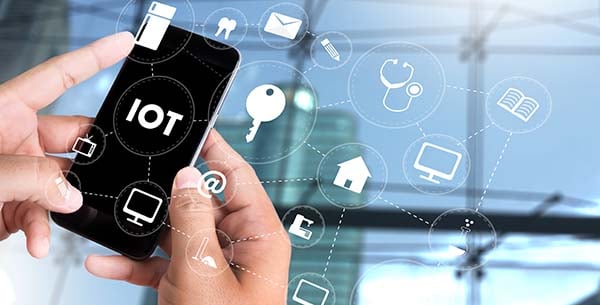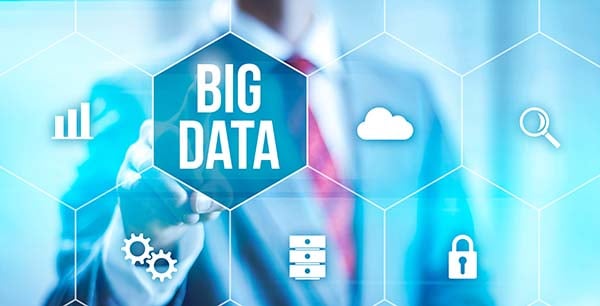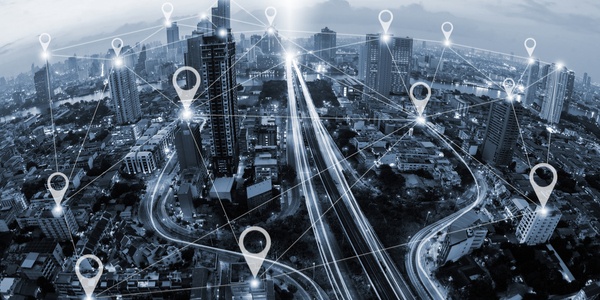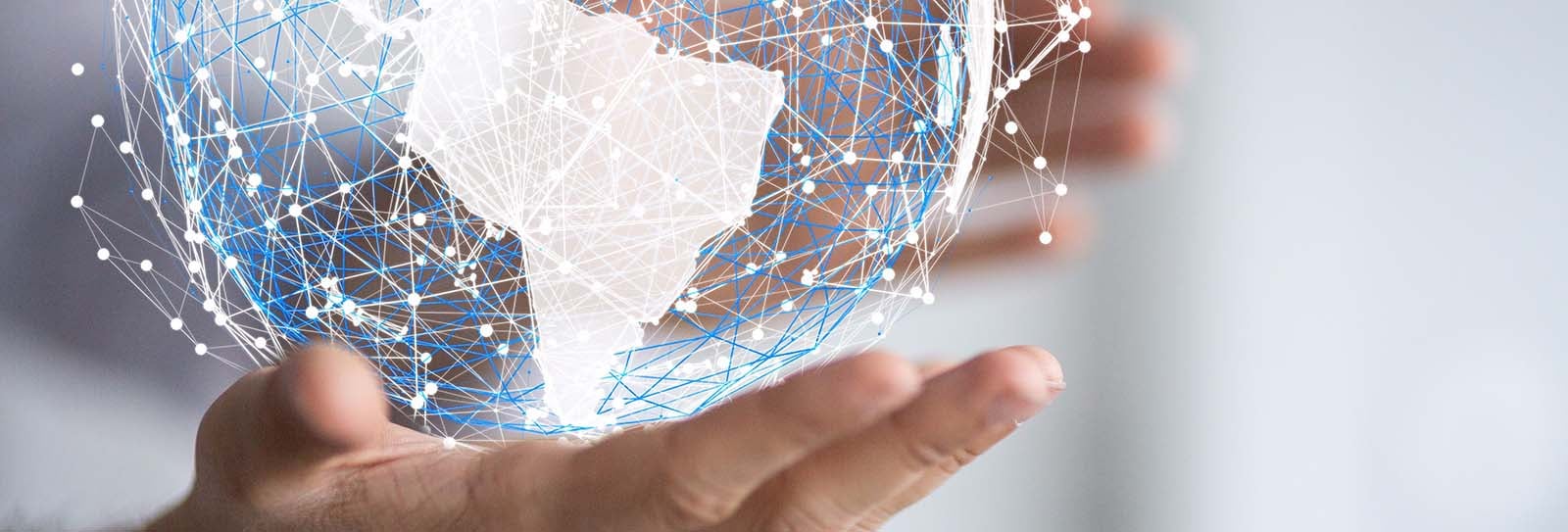Technology is flourishing and exciting things undoubtedly await in 2018. But which trends will dominate the strategic technology scene? I’ve been gazing into the crystal ball and here’s five trends that I think will dominate 2018.
This blog post is written by Jonas Berntsen, MapsPeople CCO and Partner.

1. AI - Artificial Intelligence
Not surprisingly, I expect artificial intelligence to be one of the dominating technological trends in 2018. Dating back to the 1940’s, AI is not exactly a new tech trend but it’s not until the first decades of the 21st century, it really boomed. According to Vice President and Gartner Fellow, David Cearley, “artificial Intelligence and machine learning is increasingly a foundation component of all of the applications, and all of the services, and all of the things in our world around us”. In other words, AI is in everything.
AI can - roughly speaking - be divided into two groups: General AI and narrow AI. General AI is when systems perform intellectual tasks like humans and dynamically learn as we do. Narrow AI is machine-learning solutions that targets a specific task with algorithms that are optimized for that task.
Should we then worry about job loss with the rapid development of AI? No! AI is more than robotic things replacing humans. It’s augmented intelligence assisting humans, and I see AI as my future colleague rather than my replacement.
2. Machine Learning
Machine Learning is a branch of artificial intelligence based on the idea that machines should be able to learn and adapt through experience. In other words, they’re able to learn from data without being explicitly programmed. How? Machine learning consists of an algorithm or model that learns pattern in data and then predicts similar patterns in new data. As I already said, narrow AI is actually machine learning. However, even though the concepts overlap, they both deserve their own section.

As for AI, Machine Learning is not a new tech phenomenon but today, we’re simply producing more data than ever to feed the “machines”, and we now have access to more affordable processing power and storage.
In our business, Machine Learning allows us to automate parts of the production. This way, we’re able to make better decisions in real time. Another example on machine learning is self-driving cars or recommendations on Netflix. Here recommendations are made based on the series and movies you have previously seen, and it even shows you in percentage how much the given movie or serie matches your preferences.
3. IoT
The Internet of Things has been growing heavily for the past years and it’ll definitely continue to do so in 2018. Despite the heavy growth, there’s still a lot of people, who don’t understand or know about IoT. So, what is IoT? In short, the Internet of Things is the connectivity of devices, systems and services. It’s the network of physical devices, vehicles, home appliances, and other items embedded with electronics, software, sensors, actuators, and network connectivity which enable these objects to connect and exchange data. IoT is currently sweeping through the domestic appliances industry; Refrigerators with cameras and internet connectivity now allow you to look inside your fridge from your mobile or you can use your mobile to control the oven. According to Gartner, there’s approx 8.4 billion connected “Things” in 2017 but they expect the number to more than double within the next three years, increasing to 20,415.4 billion in 2020.

The concept of IoT actually dates back almost a century; In an interview with Colliers, January 30, 1926, Nikolas Tesla said, “When wireless is perfectly applied, the whole earth will be converted into a huge brain, which in fact it is, all things being particles of a real and rhythmic whole...and the instruments through which we shall be able to do this will be amazingly simple compared with our present telephone. A man will be able to carry one in his vest pocket.” Almost 89 years has past since Tesla’s prediction and still I believe, we have only scratched the surface of IoT. The possibilities with IoT are endless and there’s no doubt it’ll change our lives.
4. Big Data

Big data is already widespread in some industries - and for good reason - but 2018 could be the year, where even more businesses embrace big data.
Big Data is - as its name indicates - big data sets that can be analyzed for insights, leading to better decisions and strategic business moves. It can be defined by the four Vs:
- Volume: The quantity of data
- Velocity: The speed at which the data is generated and processed
- Variety: The type and nature of the data
- Veracity: The trustworthiness of the data
The main benefit of Big Data is insights and thereby the ability to make faster and better decisions, which can lead to increased revenue. However, having a lot of data doesn’t mean you’re have a lot of insight. In order to gain insights, you need the right tools and the right people with skills to transform the gathered data into actionable insights. Other benefits of Big Data are improved control of operational processes, better understanding of customers and cost reductions.
5. Location
Last but not least, I really think location will be a buzzword in 2018. The concept of Location is based on the idea that apps should adapt to events - both events such as trade shows, but also everyday situations. An example of Location is the Do Not Disturb While Driving in iOS 11. The phone detects if you’re in a driving car and turns on Do Not Disturb While Driving. This way, your iPhone adapts to what you doing.

Where I really see potential for Location, is in retail. Today, most websites are just standard sites that don’t adapt to you. Take, for instance, supermarkets; When you visit their website, the sites should adapt to you based on your location; If you’re somewhere near the supermarket, the website should show you offers that’ll make you stop by. If you’re at the supermarket, it should show you relevant offers - say, you’re at the pasta aisle and the website will then show you offers on tomato sauce, ketchup and pesto. If you’re far away from the supermarket, you’ll get directly to the webshop, when entering the website. This way, Location will bring more value to both consumers and stores in the future.
If you want to read more about two of the growing trends, check out the blog posts below.
December 4, 2017





.png)